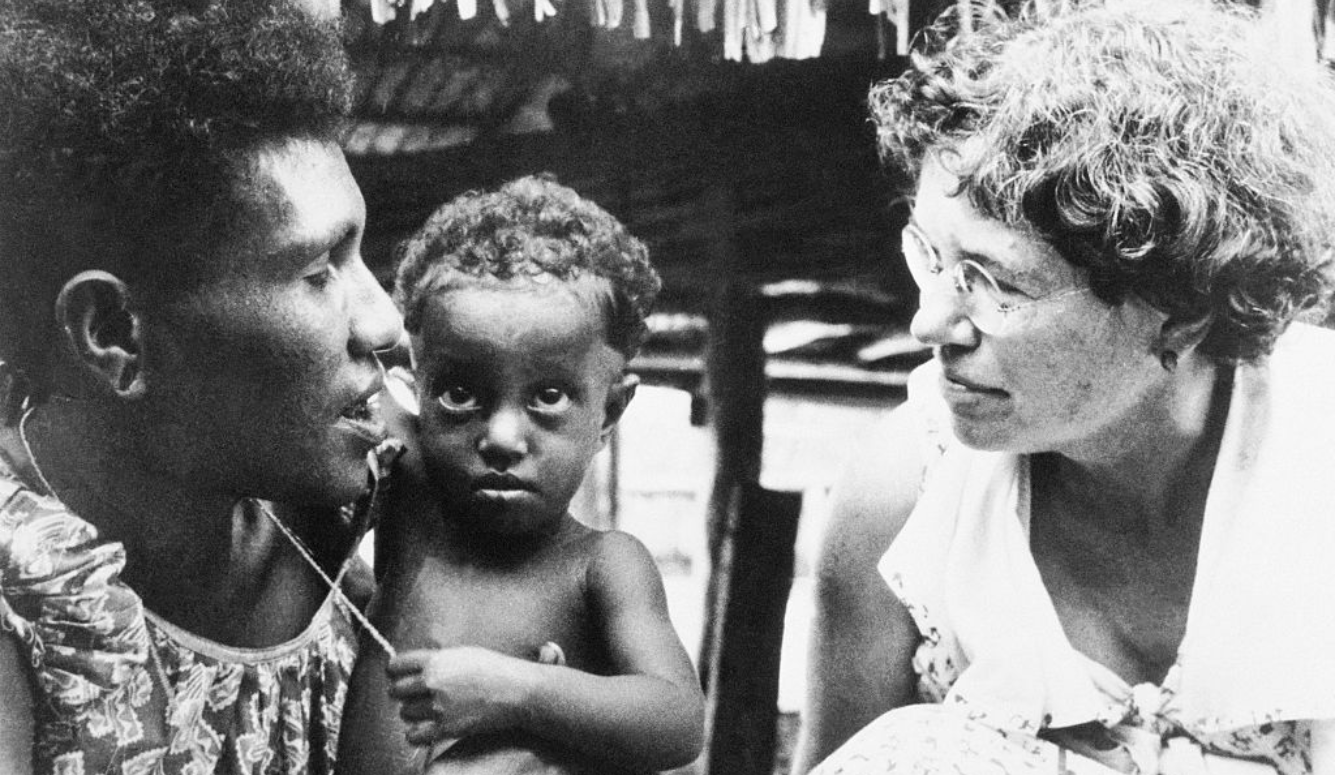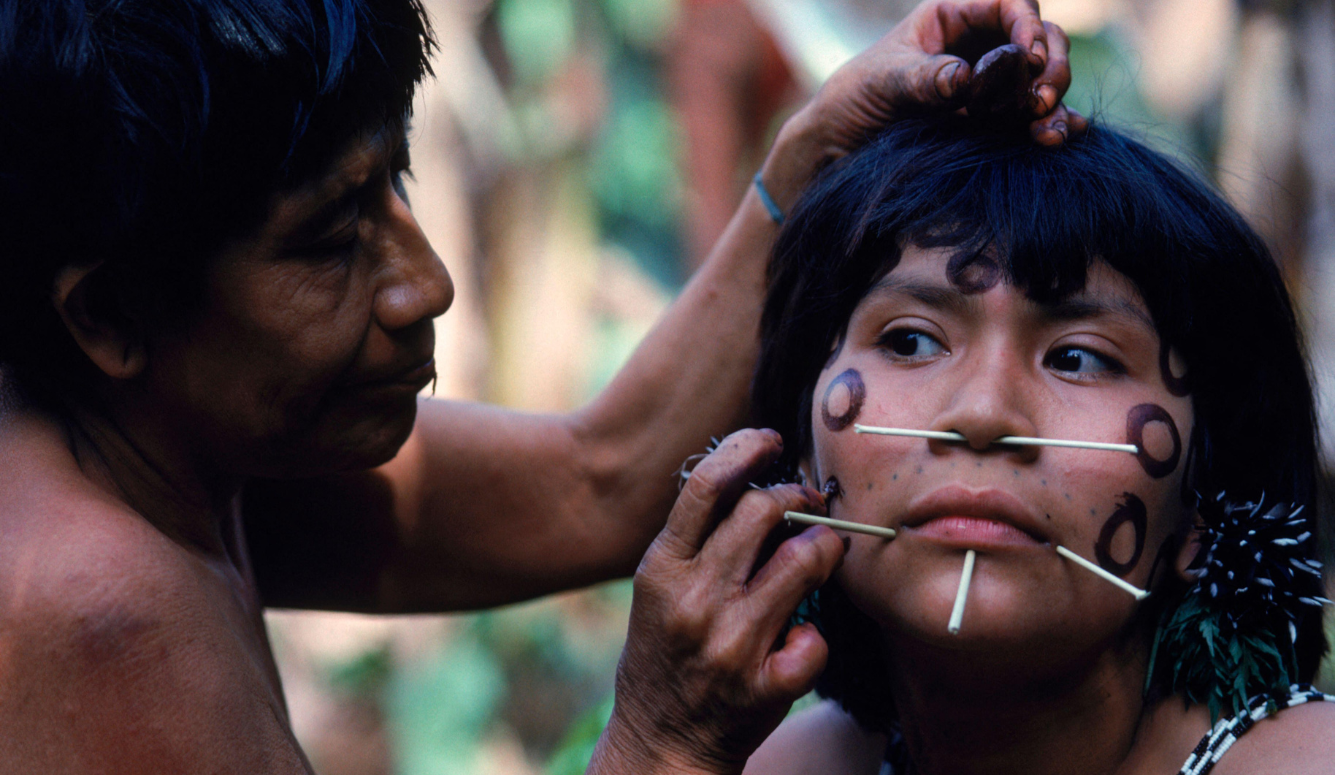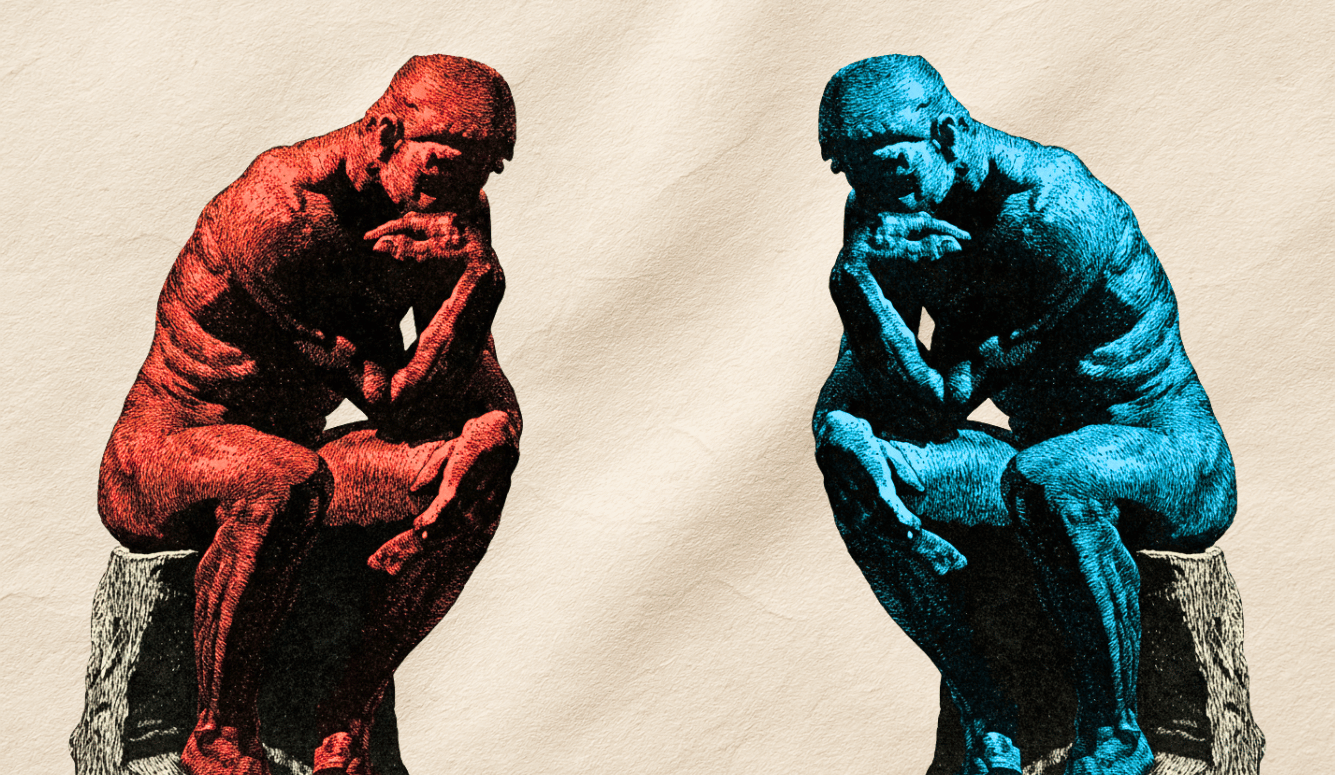Books
My Own Private Château—Pauline Réage’s ‘Story of O’ Revisited
Our culture makes a well intentioned but dangerous error in taking every thought experiment, every utterance, every representation, every fantasy of sexual expression seriously.
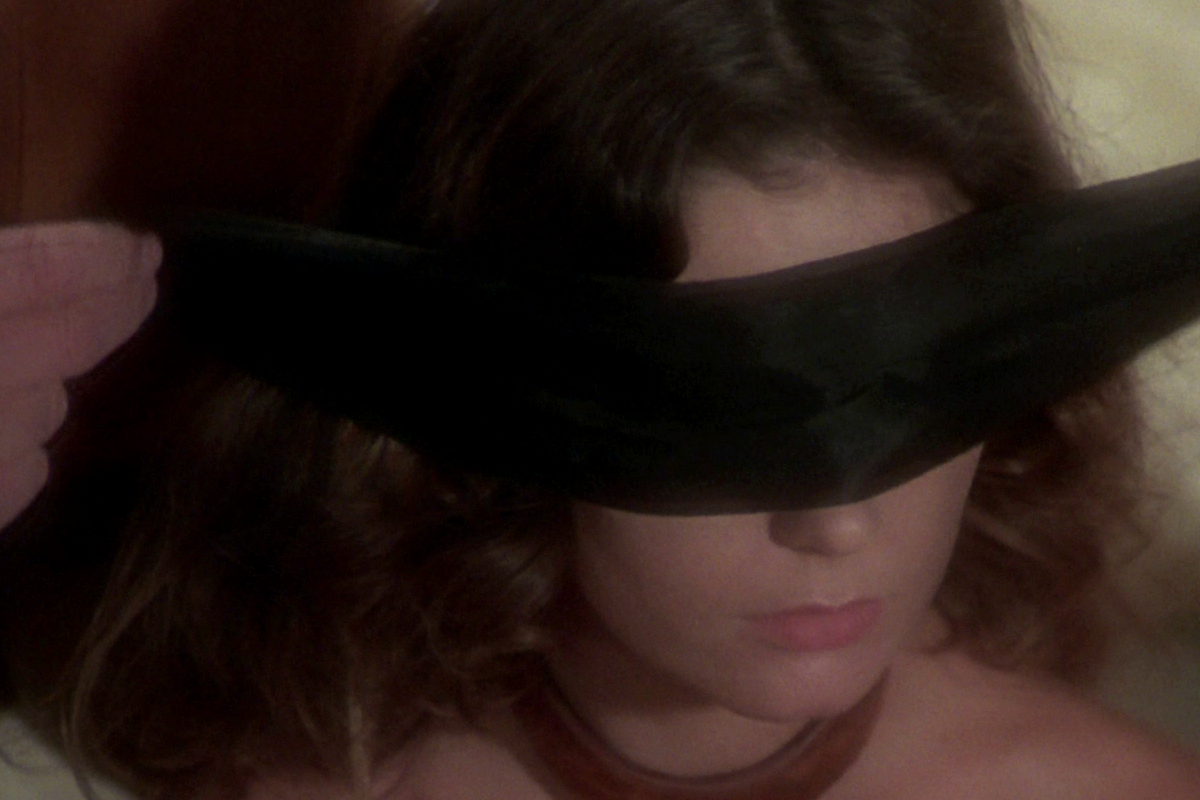
I’m sitting on a plane and I’m feeling increasingly excited. I’m flushed. My heart rate is up, and I can’t seem to find a comfortable way to sit. My agitation isn’t caused by any nervousness about flying, nor by any fears of contracting COVID-19 during the flight. My disquiet has been triggered by the book I’m reading. The sensations it arouses almost overwhelm me. I find I have to pause every few paragraphs, close the slim volume, and rest it on my lap in order to regain some sense of personal composure. Fiction usually transports my imagination away from myself, but this book is accomplishing the opposite: I feel increasingly aware of my body as I read it, as though being immersed in fiction has drawn me into a moment of privacy with myself. It feels somehow unseemly for the public world of the airplane to intrude on my private sensations. I have to put the book down frequently in order to remind myself that it is no act of indecency for the happy family sitting down the aisle from me to be talking casually, but rather that it is my own sense of secrecy that must be reconciled to the ordinary world around me.
I am reading Story of O, a novel written in 1954 that recounts the titular character’s journey into sexual bondage, violent penetrations, beatings, whippings, burnings, chains, gags, and dungeons. Readers only familiar with the pedestrian 1975 adaption are advised not to be put off—director Just Jaeckin’s film benefits from the lovely Corinne Cléry’s beguiling performance in the title role, but his soft-focus softcore aesthetic (gauzy white linen dresses and a smooth classical guitar soundtrack) miss the tenderness, the elegance, and the literary grace of the source. Graham Greene described Story of O as a “rare thing, a pornographic book well written and without a trace of obscenity”; Brian Aldiss remarked that O makes “pornography (if that is what it is) an art”; even JK Rowling has offered praise for the book, observing that, “If you’ve read Story of O you’ve kind of read the ultimate.” But it is JG Ballard’s description of the novel as “a deeply moral homily… touched by the magic of love” that resonates most powerfully with me. O is a radical instruction in morals (the book has a clear sense of feminine virtue, for one thing), and yet this sexual morality is unlike any I can find in our contemporary expression of sexual ethics, where self-expression is valued more than self-giving.
O is the story of a woman objectified and humiliated, of a woman who submits to being violated by the countless tongues and phalluses and fingers which enter her. The novel is more sensual than suspenseful—although there is a clear narrative, it is not a story driven by plot, but rather by a series of erotic episodes (Geraldine Bedell writing for the Observer described them as written with “a hallucinatory, erotic intensity”). It is a psychologically as well as sexually penetrative story of surrender, of being mastered and of becoming enslaved, especially its first chapter which describes the elegant sexual tortures of the château at Roissy, a kind of playboy mansion with fewer grottos and more dungeons.
It is here that, at the request of her lover René, O acquiesces in her complete submission. The cast of characters is sparse: O and René; Jacqueline, a young model whom O seduces, and Jacqueline’s 16-year-old sister, Natalie, a virgin eager to be initiated into the sexual rites of Roissy; Anne-Marie, an older and more ruthless mistress than are the many men at the château; sundry blondes, brunettes, and redheads arranged alluringly throughout the text; and finally O’s ultimate lover, the sophisticated Sir Stephen, a kind of father-figure to René who ends up laying claim to O, flogging her, shackling her labia with an iron ring, and branding her with his initials as his slave, “a condition,” the narrator tells us, “of which O herself was proud.” As I read of the many exquisite ways O gives herself for men’s uses, I begin to wonder if the book was presenting me not with a picture of masculine sexual fantasies, but with a vision of my own.
The novel was written by the mysterious Pauline Réage, a pseudonym. In what is arguably one of the most successful literary secrets, Réage’s identity was kept hidden for decades. It wasn’t until 40 years after the novel’s publication that the then 86-year-old Dominique Aury, a respected editor and French intellectual, revealed that she was the author. It seems fitting that in a novel of sexual submission, Aury—Dominique, dominance, dominatrix—maintained such strict control over her own identity. Even Dominique Aury was not her “real” name: she was born Anne Desclos, but legally changed it in 1940. Aury’s nested names and identities are like a meta-fictitious exercise in un-making and making the self, for questions of self-identity and self-integrity lie at the heart of her novel.
It hardly needs to be said that contemporary sexual values are centred firmly around the idea of individuality. This is how gender has become synonymous with identity, and how identity politics have become the foundational dogma of progressive ethics. This is also how contemporary discussions about sexuality have become anything but sexy. When one’s self-understanding and moral code are at stake, typically there isn’t a lot of room for fun, for play, or for risk: there is simply too much to take seriously. As a result, what we are permitted to say regarding sexual values must be tightly controlled—even our thoughts must be collared and kept on a short leash.
Aury, like our progressive modern age, unites sex with identity, but instead of taking an austere journey through correctness to arrive at an understanding of the self, she takes us down a more ancient, a more dangerous, way of seeing one’s sexual identity. Her way is to show us that Nature herself has already determined much of our individuality for us in the very form our bodies take: a form that is meant for another. The radical kernel of O’s story is not to be found in her descriptions of sexual acts (which, debauched and delicious, left this reader somewhat breathless), but rather in the idea that self identity is forged not from an internally constructed ego sustained by mirror-gazing, but in relationships—through Eros, through self-giving and devotion to something external to the self. “Both this flogging and the chain,” O is instructed on her first night at the château, “are intended less to make you suffer, scream, or shed tears than to make you feel, through this suffering, that you are not free but fettered, and to teach you that you are totally dedicated to something outside yourself.” O’s story is about her emancipation from the bondage of self-possession.
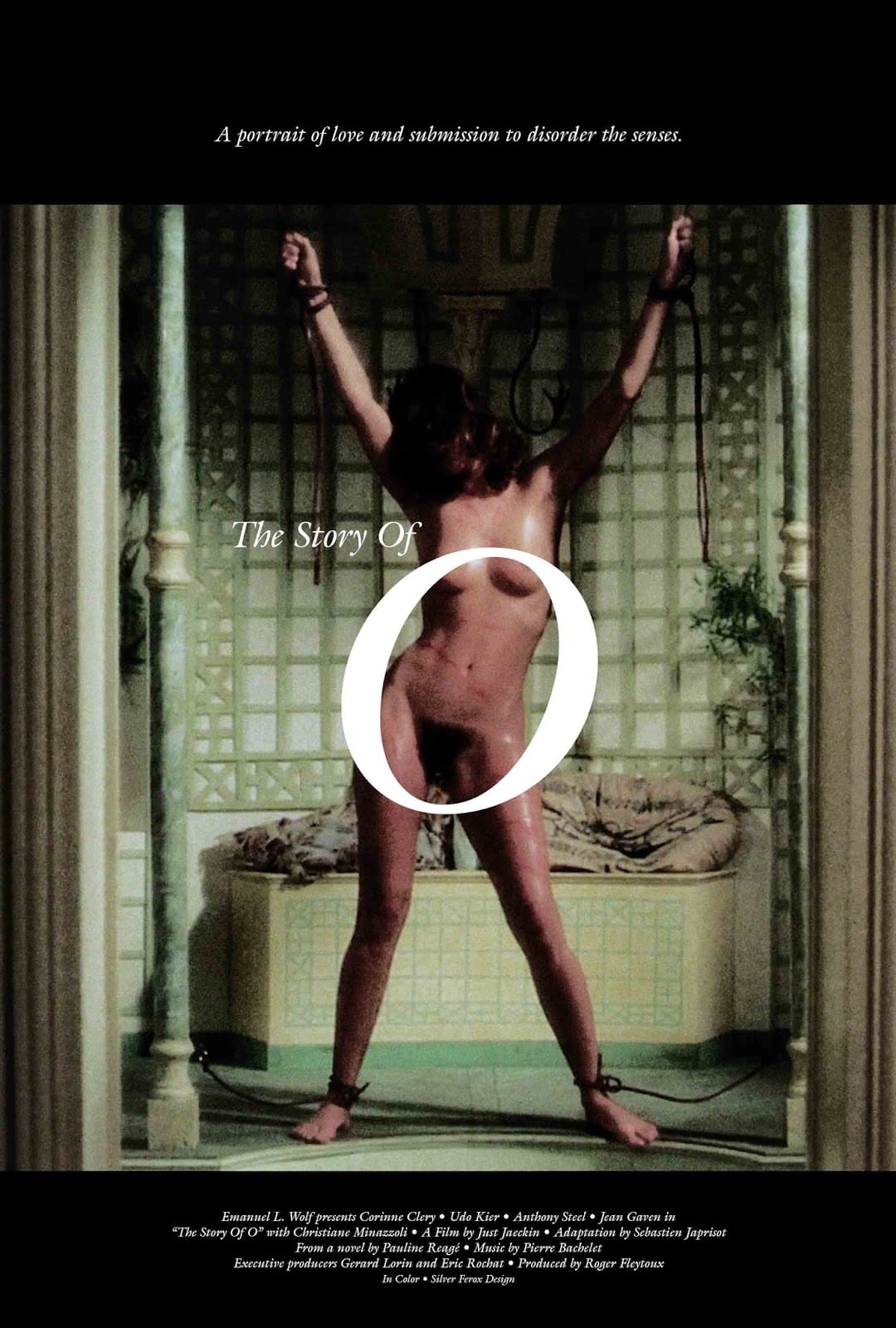
O’s surrender to others, her generosity in allowing any man to make use of her as he pleases, is entirely at odds with our culture’s obsession with self-validation. (One has to wonder why we must so desperately seek external validation for whom we feel ourselves to be. When we seek such affirmation, are we perhaps on shakier ground as an individual than we would want to admit?) Aury suggests that, paradoxically, it is O’s selflessness that allows her to be most audaciously herself, free from the anxiety produced by the claustrophobic nature of modern individualism. Aury unites the carnal and the sublime. She uses sexuality to arrive at a picture of identity, yet it is not a “sexual identity” that the novel endorses. It is instead a self that is porous. O is constituted through her opening to others, and enlightened by the knowledge that she is not a unique individual, but rather one who participates in the material world as herself an object, and finds joy and dignity in doing so.
As a modern individual, I object to much of this.
